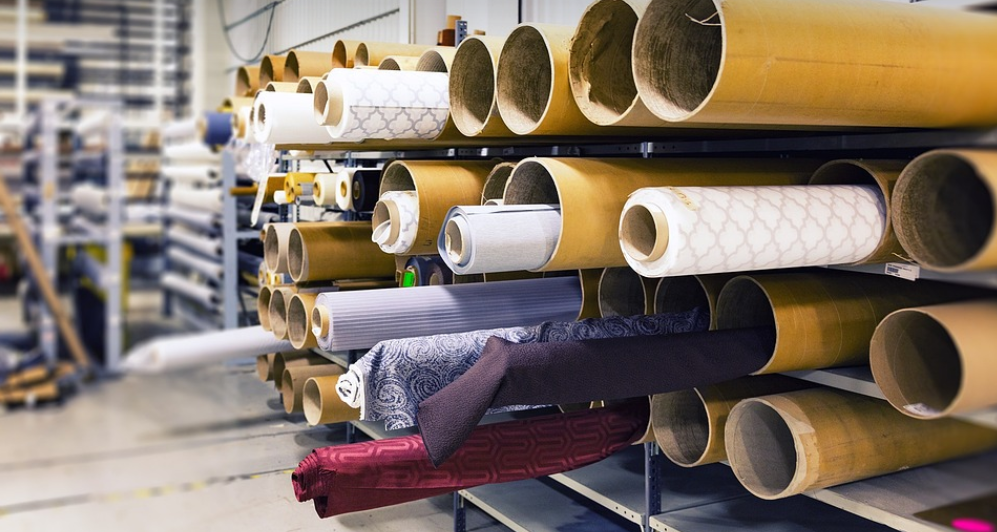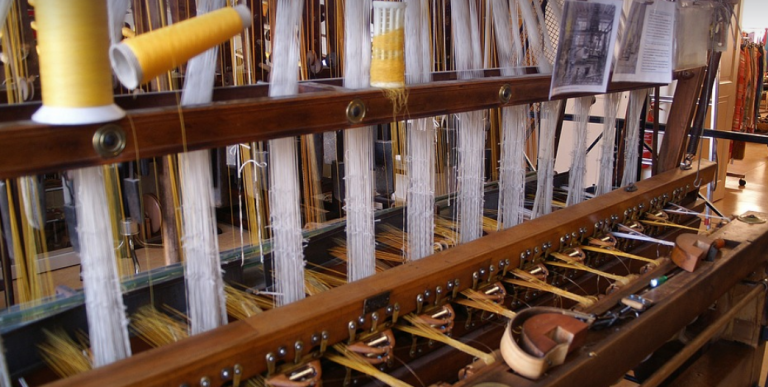
Understanding the Power of Sensory Comfort
You might know someone on the autism spectrum, or perhaps you’re looking to learn more about navigating those challenges with your own child. One thing that often comes up in conversations around autism is sensory processing. This means our brains respond to many things differently than others, and sometimes these responses can make everyday situations overwhelming. You might have noticed how a simple sound or a change in light can send some individuals on the spectrum into a state of heightened excitement or anxiety. For those with autism, sensory input can be incredibly intense, making it difficult to focus, regulate emotions, and engage in everyday activities. Creating safe spaces is a critical part of supporting autistic children.
Introducing Wall Padding: A Sensory Oasis
This is where wall padding comes into play. Think of it as a calming, soft haven for those who need a little extra sensory support. But what exactly is wall padding, and how can it help? Wall padding typically refers to soft materials like fabric or foam that are strategically placed on walls. This creates a barrier between the individual and potentially overstimulating sounds, visual stimuli, or even just a bit of discomfort in their environment. It’s all about giving individuals control and predictability when seeking refuge from overwhelming sensory input. Imagine you have a child who gets easily overwhelmed by bright lights and loud noises. Wall padding can help. A cushioned wall section could create a calm zone where they can retreat to during stressful moments, providing a sense of security and comfort while they work through their sensory overload.
The Benefits Go Beyond Just Comfort
But the benefits go beyond simple comfort. Wall padding can truly boost a child’s quality of life in multiple ways. * **Increased Focus:** A calm space helps with concentration and attention, creating an environment conducive to learning and engagement. This is especially helpful for tasks that require sustained focus. * **Reduced Anxiety:** Wall padding provides a sense of control and security, which can help reduce anxiety associated with sensory overload. Even the simplest act of being close to soft walls can be calming. It’s about creating a haven away from potentially overwhelming stimuli. * **Improved Self-Regulation:** A dedicated space for self-regulation allows individuals on the spectrum to practice strategies and learn how to cope with different sensations, promoting greater independence and self-management skills.
Choosing the Right Wall Padding
Of course, selecting the right wall padding is crucial. Here are some things to consider: * **Material:** Different materials have unique properties. Some individuals might prefer a soft, plush material like memory foam or fleece for comfort and soothing touch. Others may find firmer textures more practical, especially if they need more support during movement. * **Shape:** Think about the space where you want to implement wall padding. A curved design can create a calming zone that encourages relaxation and introspection. You might also consider incorporating shapes into the padding to add visual interest or create playful zones for kids. * **Color:** Consider the overall theme or color scheme of the room when selecting wall padding. Soft colors like blues, greens, and neutrals are often preferred as they minimize potential sensory distractions.
A World of Possibilities
Wall padding is a dynamic tool that can be implemented in various ways to suit your individual needs. Here are some examples: * **Creating Sensory Zones:** With the right design and material use, you could create designated spaces for specific sensory needs, like calming down after an outburst or finding a quiet haven during study time. * **Adapting to Different Needs:** For children with different needs, wall padding can be adapted. A soft, padded section can offer support during transitions between tasks or activities. * **Enhancing Play Areas:** Wall padding can add comfort and safety to play areas, particularly when used for activities like climbing or building structures.
A World of Possibilities
You might wonder if wall padding is simply a temporary solution. While it may offer quick relief during stressful moments, the real benefit lies in its ability to foster resilience in individuals with autism. Wall padding can help create a foundation for long-term sensory regulation and independence.


